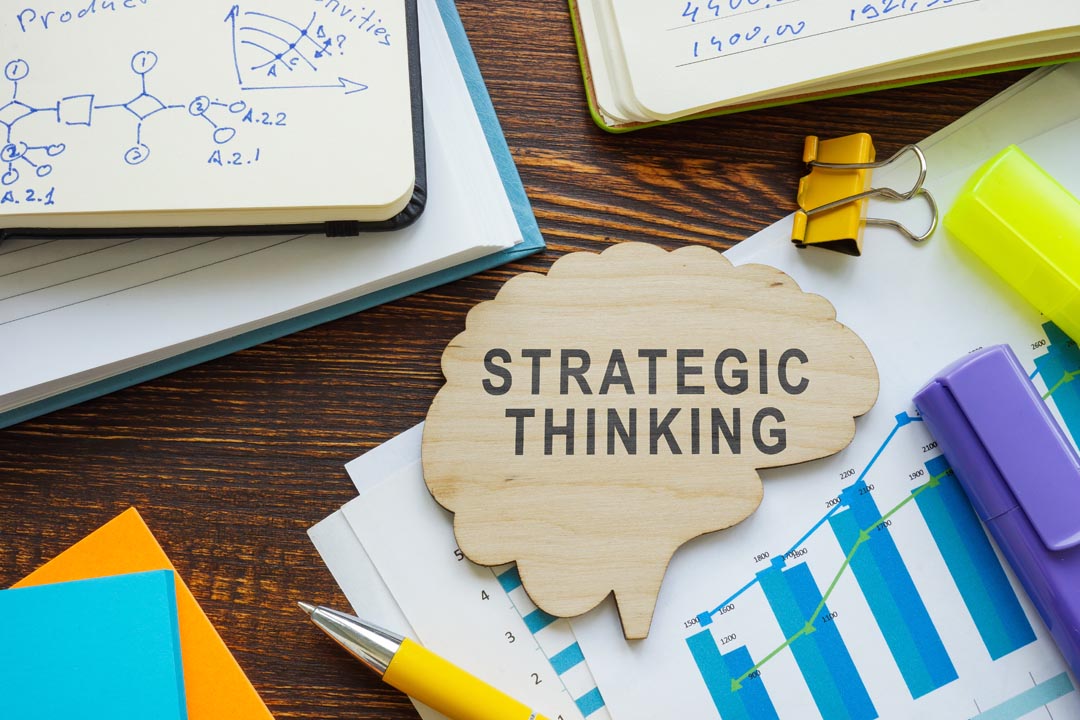Introduction
Leadership isn't just about managing people or delivering KPIs — it's about seeing what others don't see. Strategic thinking is the ability to look beyond short-term wins and anticipate long-term opportunities, threats, and shifts. It’s what separates good managers from visionary leaders.
What Is Strategic Thinking?
Strategic thinking is the process of analyzing complex environments, making connections between seemingly unrelated data points, and creating clear direction for the future. It’s less about reacting and more about proactively shaping what’s ahead.

Leaders who think strategically:
-
Understand industry trends and shifts
-
Ask "what if" and "what’s next" questions
-
Align short-term actions with long-term vision
-
See patterns where others see chaos
Why It Matters More Than Ever
In an unpredictable business world, the ability to adapt and anticipate is critical. Strategic thinking helps leaders:
-
Make better decisions with limited information
-
Build flexible, future-proof plans
-
Spot hidden risks early
-
Inspire confidence across teams and stakeholders

How to Build Strategic Thinking Skills
-
Schedule thinking time: Step back from day-to-day tasks to reflect and forecast.
-
Read beyond your industry: Innovation often comes from outside perspectives.
-
Ask deeper questions: Go beyond “what” and ask “why,” “so what,” and “what if.”
-
Involve others: Diverse perspectives enrich your strategic view.
-
Document your insights: Keep a strategy journal to track ideas and trends.
Conclusion
Strategic thinking is not a luxury for senior leaders — it’s a necessity for anyone who wants to lead with impact. In times of uncertainty, the most valuable leaders are not just efficient, but visionary. Developing this skill can transform the way you lead and the future you create.









Replies to This Discussion